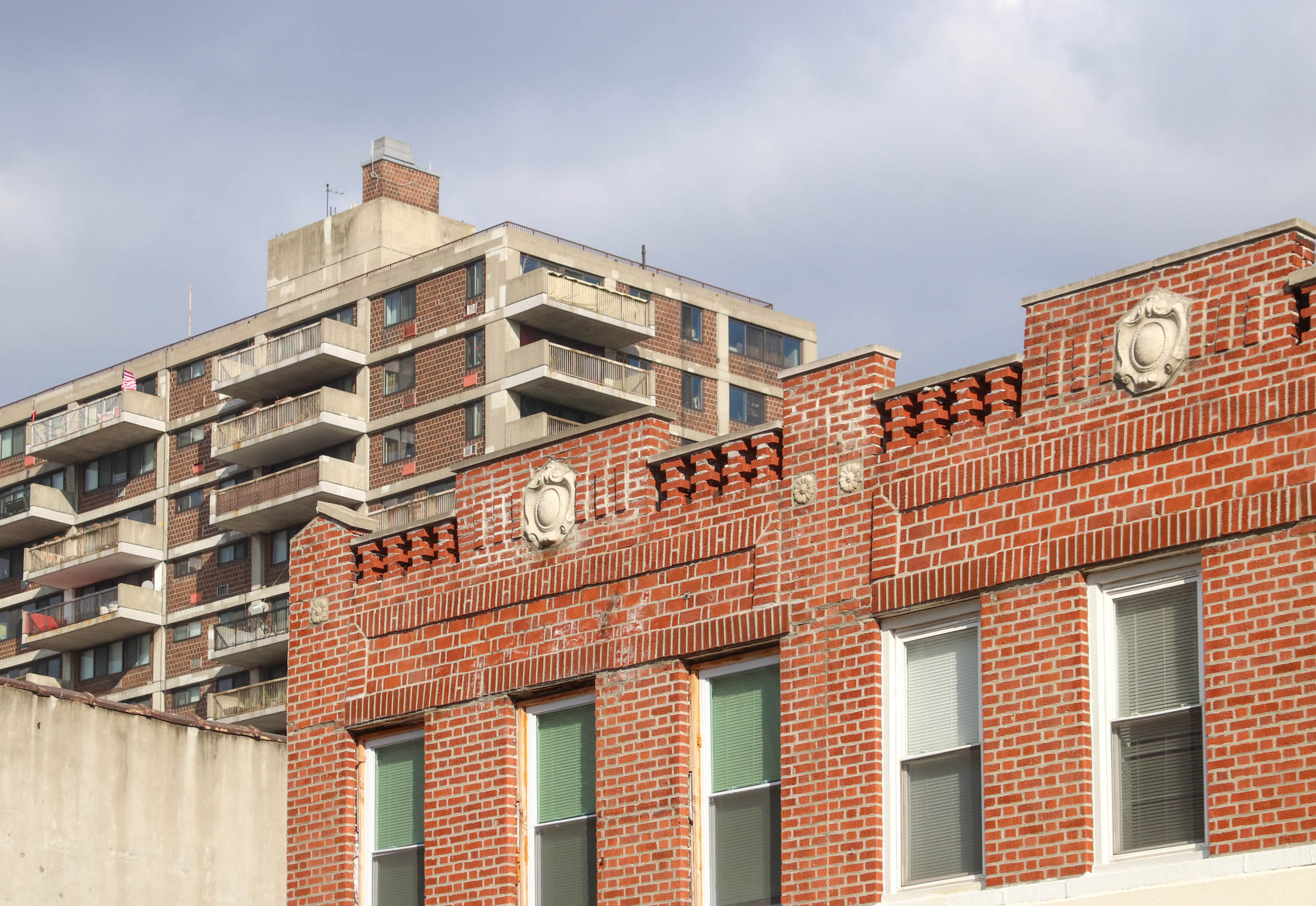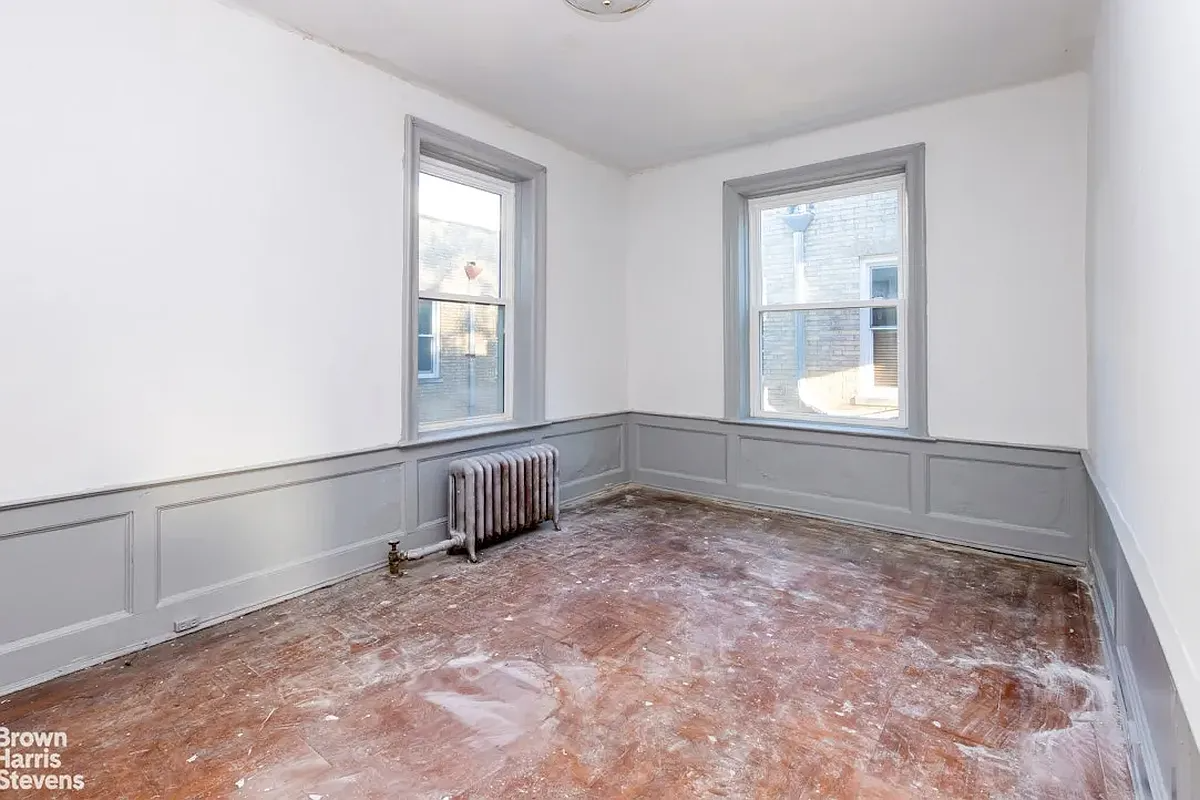New Kosciuszko Bridge Won't Come Cheap
In October, a Department of Transportation panel narrowed the list of potential designs for the new Kosciuszko Bridge down to three finalists, including what The Brooklyn Paper calls the front runner, above. In addition to a new look, the bridge of the future will have nine lanes instead of six (yay!) as well as a…


In October, a Department of Transportation panel narrowed the list of potential designs for the new Kosciuszko Bridge down to three finalists, including what The Brooklyn Paper calls the front runner, above. In addition to a new look, the bridge of the future will have nine lanes instead of six (yay!) as well as a bike and pedestrian lane; the whole thing will be set at less of an incline than the current structure because tall boats no longer go underneath. All this good stuff won’t come cheap though: We’re looking at a $1 billion price tag. Sounds like a lot of dough to us, but apparently that’s what it takes to get bridge builders out of bed these days. For a bridge that is a mile long in New York City, $1 billion is the going rate, said DOT spokesman Adam Levine. The Feds will pay 80% of the freight, leaving the state with the rest. But the state is now talking about slashing its transportation spending, so it remains to be seen of the bridge, over which 160,000 vehicles pass every day, makes the cut.
The Billion-Dollar Bridge! [Brooklyn Paper]





Thats cos Mancunians are cheap-arses.
Minard Lafever:
John Liu won in a runoff. And I remember reading an article about how he was often late trying to get to his campaign stops in Flushing because he was often hopelessly stuck in traffic coming from Manhattan, where he does most of his political business.
By the way, when you say you are an American, does that mean you’re from the United States, or do you just negate all the other South and North Americans in places from Chile to Canada? Some of these other Americans in cities like Bogota have made innovative and interesting changes in their traffic systems recently by taking a risk on changing the status quo. That said every city is different. What is a given is that New York is hopelessly clogged with traffic.
You offer a lot of rebuttals and negatives. What’s your plan, sir?
Congestion pricing is just a stealth tax, increasing costs for few tangible benefits.
My home city in the UK voted down a proposed congestion pricing plan in a referendum last year, with 75%+ against. I understand that opinion in London is fairly evenly divided.
> Also the Brits have something called a class system.
Thank heaven we live in a classless society!
Minard – you are living in la-la-land if you don’t recognize that when you make something more expensive (tax), it gets used less.
And if Central London is still too congested than all that tells you is that the tax is too low.
There’s a pretense in NY politics that congestion pricing disproportionatley affects the working class, when we all know how much cash you need to commute into Manhattan from Brooklyn each day and then parking in Manhattan for 10-12hrs.
The working class are the ones on the subway along with the rest of us. Wasn’t it Slimey Silver who killed congestion pricing?
tyburg, I think you are living in la-la land. Have you been to London lately? It makes NYC look poor by comparison. Also the Brits have something called a class system. The poor are used to making way for the rich, so a tax system that aims to drive the lower classes off the streets in order to make driving more convenient for the upper classes is accepted there somehow. I, as an American, think such a system is appalling. The street tax has done absolutely nothing to ease conjestion. You’re just being doctrinaire and refusing to look at the real facts. A NYC politician who puts in place a street tax here will be voted out of office asap. Do you remember who opposed congestion pricing most vocally? John Liu. It did not hurt his political career, just the opposite.
Considering that Hizzoner just spent $100 million clams on his campaign, a billion dollars for a mile long bridge sounds quite reasonable.
Minard… Both of the things you say are false. Your friend in London is just spewing hearsay propaganda about the congestion pricing there. It is quite effective. You’re right — it has become a new cost of doing business, but the commercial enterprises can accomplish MORE business. (more deliveries per truck, etc.)
And why is it exactly that there are more poor people in NYC compared to London? That’s silly talk. The fact is, London just has a better transportation system in terms of coverage — i.e., while it’s focused on the “City of London”, it’s far easier to get from X to Z without having to deal with Y. (X=Brooklyn, Z=Queens, Y=Manhattan)